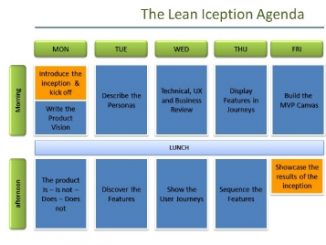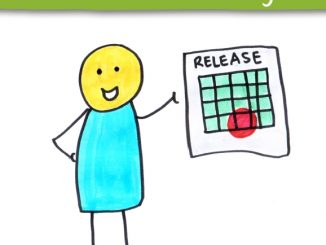Books on Scrum and Agile Project Management
Fifty Quick Ideas to Improve your User Stories is another book from Gojko Adzic, a consultant and author that already produced some very good books on Agile requirements like Impact Mapping and Specification by Example. It goal is to help people involved with Agile requirements to improve their discussion with the stakeholders and the planning activities associated with user stories. This is clearly not a book for beginners on how to write user stories.
One of the trends associated with the Agile approach is the shift from “building the software right” to “building the right software”. This translates in putting more emphasis on collaborative product definition activities and quicker feedback. The Minimum Viable Product (MVP) is an approach that tries to elicit quick customer feedback while providing him with a working product. In his book Lean Inception, Paulo Caroli proposes a workshop-based recipe to build the MVP canvas.
Projects have been the main working mode of software development activities since the beginning of computers. According to Allan Kelly, it is however not the best mode to develop software. He fosters the #noproject movement to fight project myopia that he defines as the “belief that the project model is the only way of managing business change and development.”
As Agile has become a mainstream approach in software development, there are many books and discussions about its concepts and how to implement them. The book “Environment for Agile Teams” by Andy Brandt provides a different, and very interesting, perspective as it discusses the practical details of the everyday life of a Scrum team.
A Coach’s Guide to Release Planning is part of the nice series proposed to Agile coaches by Samantha Laing and Karen Greaves. This book provides a complete plan to run a workshop where people can learn how to plan their release in an Agile way, a topic that should interest the whole Scrum team.
User stories can be considered as the most used form to manage requirements in Agile. However, as often with agile concepts Agile that look simple in theory, using them in practice generates many questions: What should user stories contain? When should they be ready to be developed? What is an optimal backlog size? This is the type of issues that Allan Kelly discusses in his interesting Little Book about Requirements and User Stories.
If the title of this book is a clear reference to the current trendy approach in software development, readers should be aware the that most important part is maybe in the subtitle “Systems Thinking and Organizational Legacy”. Not that Agile minds will be disappointed by reading it, but this book discusses the more important fact that from time to time software developers tries to adopt a new set of best practices and most of the time they fail.








